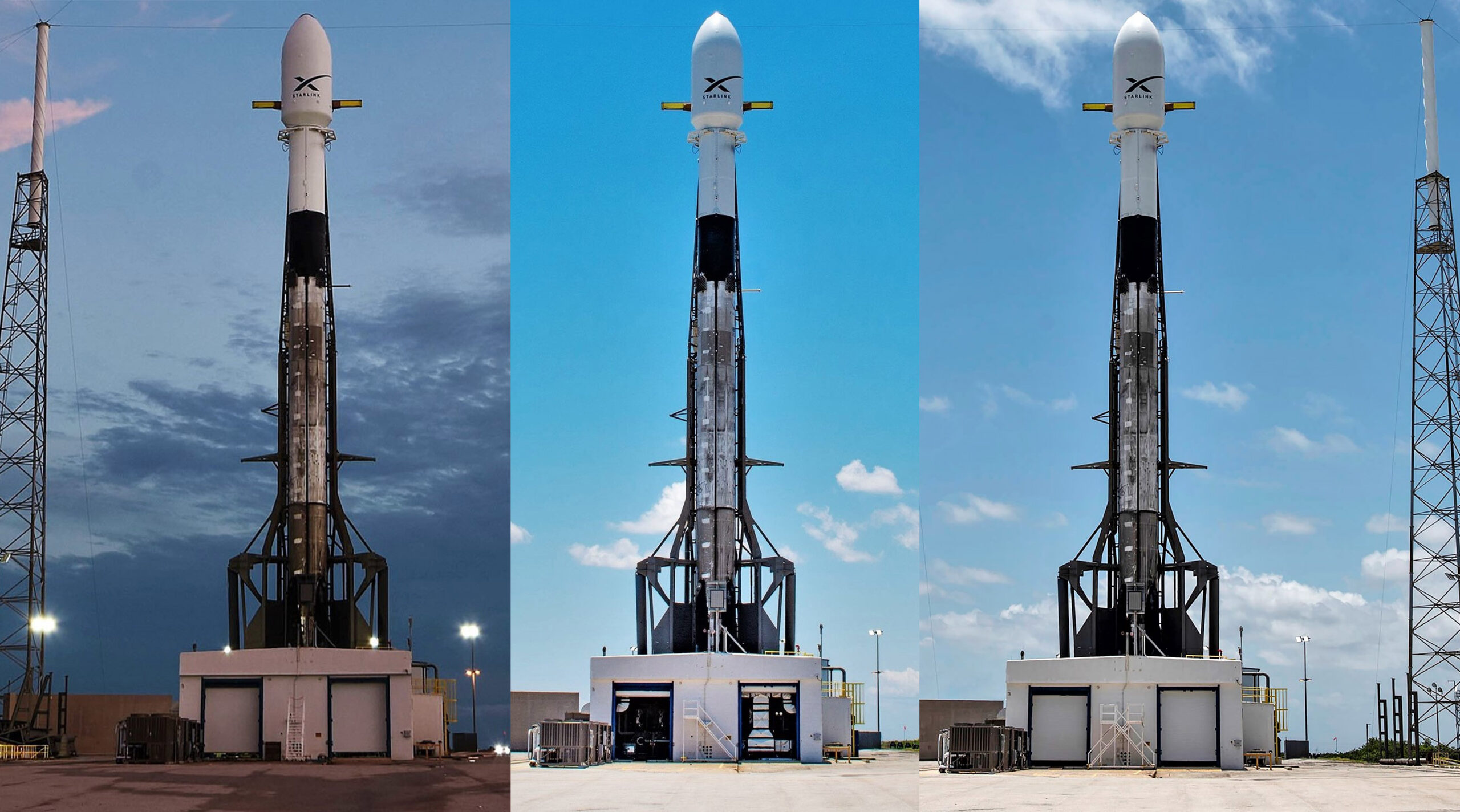This month, NASA signed a deal to transfer the scheduled launch of an Earth research satellite from a fresh Falcon 9 to a previously flown Falcon 9, a modification whose complete conditions remain confidential. The Surface Water and Ocean Topography (SWOT) satellite’s planned launch has been changed from a fresh Falcon 9 rocket to a previously flown one in a contract amendment released on April 6. That change was not explained in the contract amendment.
An international effort is underway to monitor the position and amount of water, both in the seas as well as lakes and rivers, to help scientists better understand the consequences of climate change on the planet. A 2,000-kilogram spacecraft will be launched from Vandenberg Space Force Base in California in November, according to NASA. The SWOT mission was originally slated to fly in 2021 before NASA picked SpaceX to carry out the launch in November 2016.
The deal was valued at $112 million, which covered the launch service as well as payload processing and integration services and other support, according to NASA at the time of the announcement. Compared to previous contracts NASA gave to SpaceX, this one was much more expensive because of the mission’s unique needs. The need to save costs has been the primary motivator behind the interest in reusing launch vehicles. NASA, on the other hand, said that it used a previously flown launcher for SWOT in order to ensure a timely launch.
According to NASA spokesman Tylar Greene: “From a SWOT standpoint, knowing the main (and backup) booster assignment immediately minimizes overall schedule risk and allows NASA’s Launch Services Program team to start doing vehicle analysis early to guarantee that there is no extra technical risk.”
The first NASA science mission to launch on a reused booster was its Double Asteroid Redirection Test (DART) mission in November 2021, followed a few weeks later by the Imaging X-Ray Polarimetry Explorer (IXPE) mission. While NASA accepted the use of previously flown boosters on cargo missions to the International Space Station for several years, and with crewed missions starting with Crew-2 in April 2021.
Changes to NASA’s Launch Services-2 contract were made because of the success of SpaceX with previously flown rockets, according to Greene. SpaceX’s vehicle refurbishing practices and the government’s strategy to guarantee that pre-flight boosters do not raise the risk of missions were thoroughly analyzed before the contract amendment was approved.”
The award’s value was unaffected by the publicized contract revision. “The government got considerations from SpaceX directly benefitting the SWOT mission, in addition to the scheduling advantages,” Greene added. A “proprietary” SpaceX consideration for NASA’s transition to previously flown rockets.
In an unclassified federal contract, it’s not obvious what kind of consideration SpaceX might provide. When asked about the SWOT contract modification, SpaceX did not answer. There is a lack of response time from the corporation to media inquiries.
Reused rockets are becoming more accepted by NASA, as seen by the move from a new booster to a repurposed one. On principle and in terms of cost, I had always been enthusiastic about using previously flown @SpaceX boosters, but I’ve now changed my mind slightly: I prefer previously flown boosters over totally new ones for most science applications,” tweeted NASA associate administrator for science Thomas Zurbuchen, following the launch of commercial Ax-1 on April 8.
Source: SpaceNews

